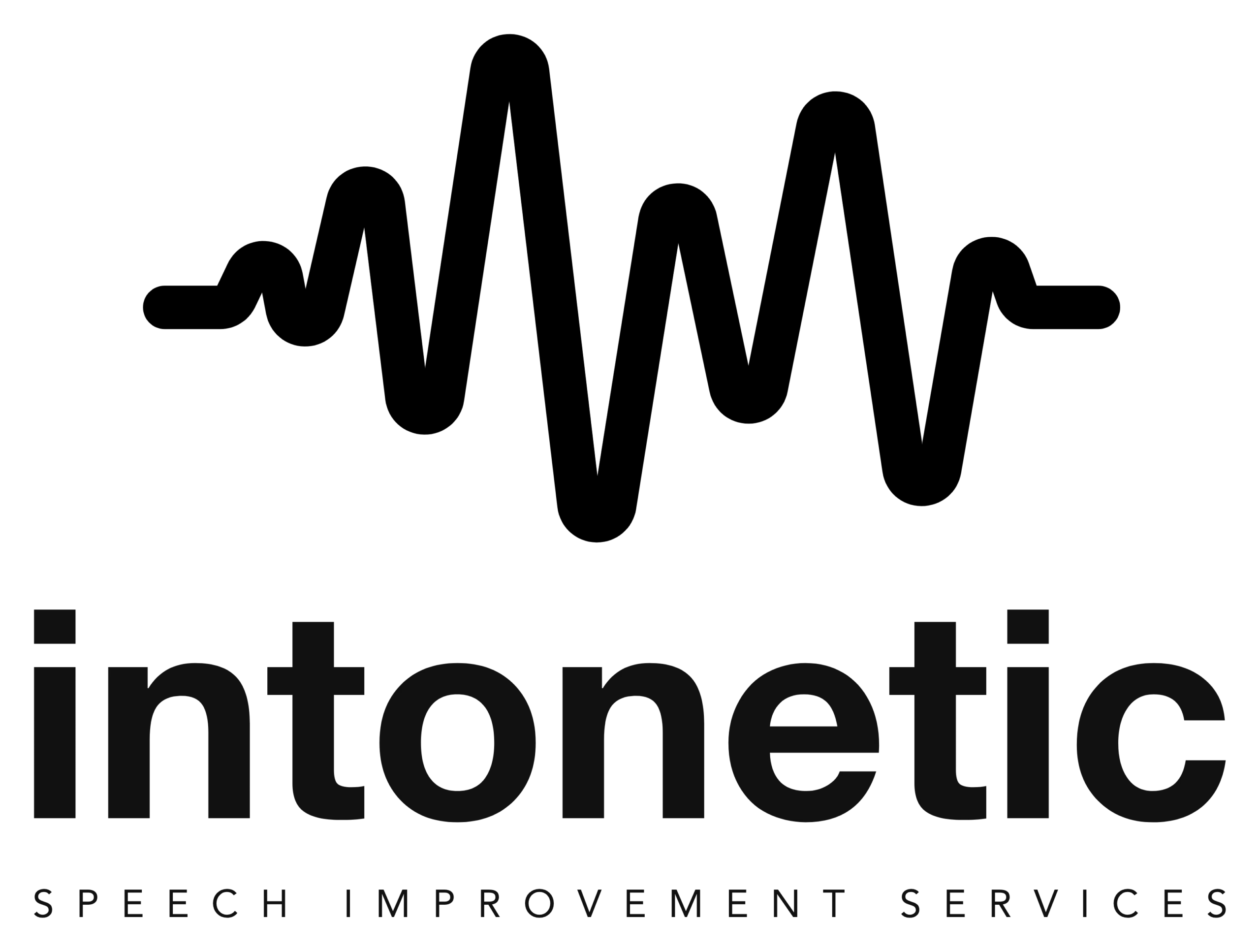Intonetic vs Shadowing Technique: Which Improves Accent Faster?
The shadowing technique is a self-study method where learners repeat native speaker audio to mimic pronunciation, rhythm, and intonation. While it can improve listening skills and awareness, progress is often slow and inconsistent without expert guidance. Intonetic, by contrast, provides structured 1:1 coaching with real-time feedback—helping professionals achieve clear, confident speech in about 12 weeks.
| Category | Intonetic (1:1 Coaching, Online) | Shadowing Technique (Self-Study) |
| Format | Structured coaching program with a live coach | Repeating native audio to imitate sounds |
| Personalization | High – tailored to your speech patterns | None – same audio for everyone |
| Feedback Quality | Expert, real-time correction | None – self-assessment only |
| Time to Results | ~12 weeks with consistent practice | Slow; progress varies widely |
| Daily Time Needed | ~30 minutes/day | Flexible, but often requires long practice sessions |
| Confidence Building | High – real-world rehearsal for meetings | Low – limited to repetition, no real interaction |
| Scheduling | Flexible, online anywhere | On-demand, self-directed |
| Best For | Professionals needing fast, targeted results | Learners experimenting casually with free practice |
| Considerations | Higher-touch, structured | Free, but lacks guidance and accountability |
Key Takeaways
- Shadowing builds awareness but not mastery: It helps learners “hear” the rhythm of English but doesn’t correct individual errors.
- Intonetic accelerates results with coaching: Personalized feedback pinpoints exactly what’s holding you back.
- Confidence comes from real interaction: Shadowing can’t simulate professional conversations; Intonetic does.
Use Cases: Which Should You Choose?
- Choose Intonetic if you want measurable results, professional clarity, and expert feedback in weeks.
- Choose Shadowing if you’re experimenting casually, don’t need fast results, and want a free option.
Frequently Asked Questions
Q: Is shadowing effective for accent reduction?
It can help with rhythm and listening, but it rarely fixes specific pronunciation issues without guidance.
Q: Can shadowing and Intonetic be combined?
Yes. Many learners use shadowing for extra practice while working with Intonetic for targeted coaching.
Q: Why is feedback important?
Because without it, mistakes often go unnoticed and become habits—something Intonetic’s coaching solves directly.

